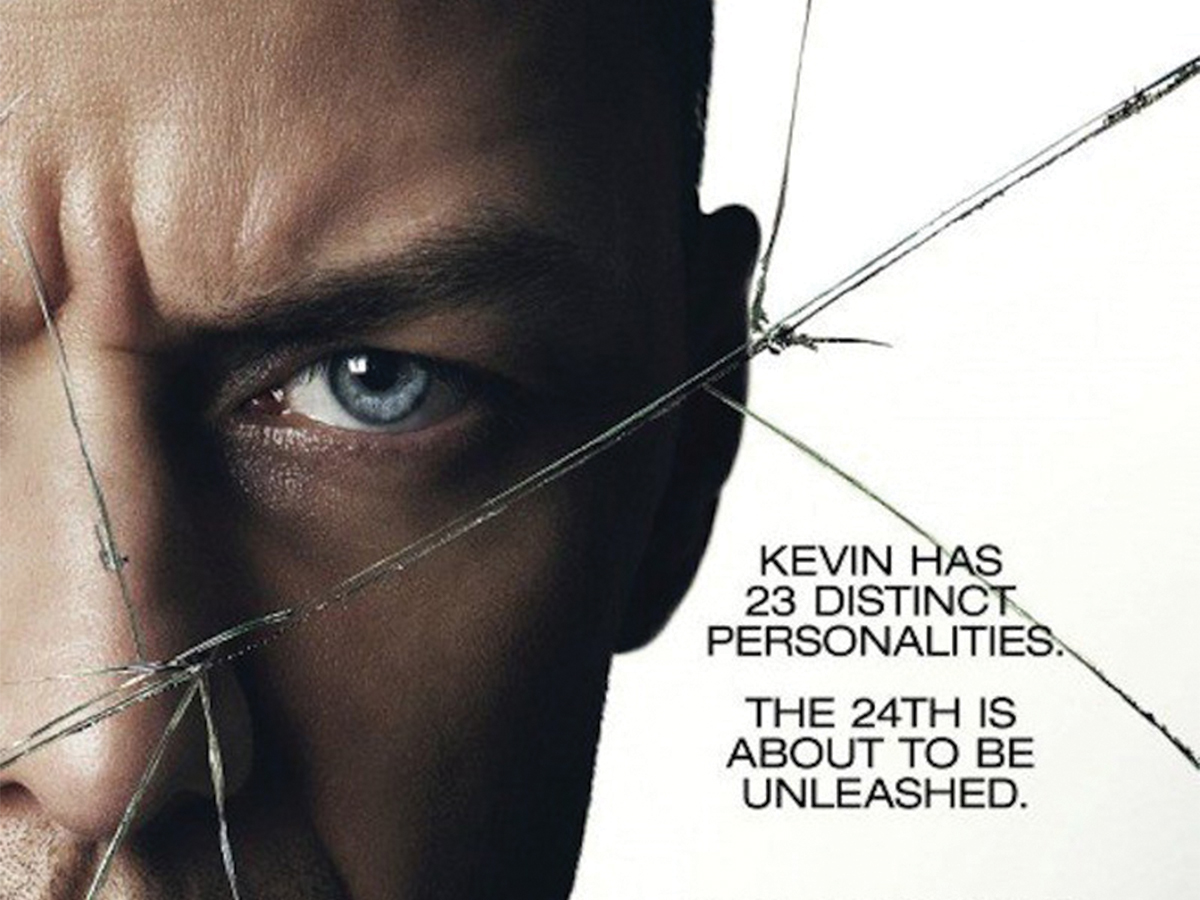
Remember “The Happening”? What a stinker. Remember “Unbreakable”? What a classic. For a little over 10 years, director M. Night Shyamalan has been putting out nothing but heaps of garbage like “The Happening,” forcing audiences to wonder how the man was likened to Alfred Hitchcock early on in his career. Some credited 2015’s “The Visit” as a return-to-form for Shyamalan, but the only validity in that claim lies in the fact that what precedes it was a string of stinkers — a bona fide stinker on its own right. At long last, Shyamalan ends his series of stinkers with “Split,” proving to everyone that the man’s still got it in him.
“Split” stars James McAvoy as Kevin Wendell Crumb, a man with dissociative identity disorder which renders his body host to 23 different personalities. For the sake of brevity and to avoid spoilers, suffice to say that some of his identities conspire to kidnap a trio of teenage girls for reasons unbeknownst to them. Anya Taylor-Joy also stars as Casey – one of the girls who was kidnapped – and Betty Buckley plays the supporting role of the man’s psychologist, Dr. Fletcher.
Yes, the concept sounds goofy – a man with 23 distinct personalities, one of which is a silly nine-year-old named Hedwig who is never seen without his bright blue windbreaker. But if your willing suspension of disbelief can get you past him talking with a child’s lisp and wearing a dress as Patricia (minding the obnoxious laughter from other people in the theater who think this somehow doubles as a comedy because … ha-ha he’s wearing a dress?), then the eeriness sets in really effectively. Frankly the film wouldn’t work half as well with anyone other than McAvoy as the villain. While less than half of his personalities appear on screen, those that do have their own idiosyncrasies that simply pop; when switching from Hedwig, for example, to a germaphobic creep named Dennis, McAvoy’s expressions speak for themselves without a need to utter a single word.
Shyamalan’s keen direction nails the “show, don’t tell” philosophy thoroughly. He understands that eyes and body language often say way more than dialogue possibly can and Taylor-Joy’s subdued performance was refreshing to see in a blockbuster horror title. Her reactions to the situations she is put in initially come across as odd but never feel without purpose. Like Hitchcock, Shyamalan understands that we might ask important questions and satisfyingly answers them as the film progresses. “It Follows” cinematographer Mike Gioulakis also aids the film with slow zoom-ins and clever-angled shots that keep the film tightly controlled save for sequences down the musky corridor that occupies Kevin’s abode.
Flashback sequences work surprisingly well here. When she slumbers, Casey recalls a buried history of anguish and love, slowly answering questions as to how she knows what she does and why she appears as drab as she does. As with Robert Eggers’ horror masterpiece “The Witch,” Taylor-Joy puts on a brilliant performance; she sells each enraged outburst and hopeless cry as though she’s been through it herself. At times vulnerable and at others resourceful, her arc is executed damn near perfectly without dwelling too much on sensitive trauma.
The flashbacks also do their part in fleshing out Kevin and his abundant personae. Barry, his primary identity, gives Dr. Fletcher a number of spur-of-the-moment visits in what always feel like an act of delaying the timer on a ticking time bomb. McAvoy and Buckley feed off each other well here. Kevin is treated with sympathy rather than fear and disgust, despite his crime and the beast he claims is within him, with his psychologist’s concern over him coming across as sincere.
It isn’t a Shyamalan movie without a twist and “Split” is no exception. Except there isn’t just one here. The first one is rather weak and causes the final confrontation to lose a little bit of steam, but the second post-credits reveal is something much grander to behold and, at least for me, slightly changed the way I viewed the film in a more appreciative manner.
You can’t bag on him anymore: Shyamalan is back where he longs making quality horror-thrillers with miniscule budgets. It’s no “Sixth Sense” but the sharp direction and powerful performances pack a punch and are enough to warrant anticipation when his next project rolls along.








